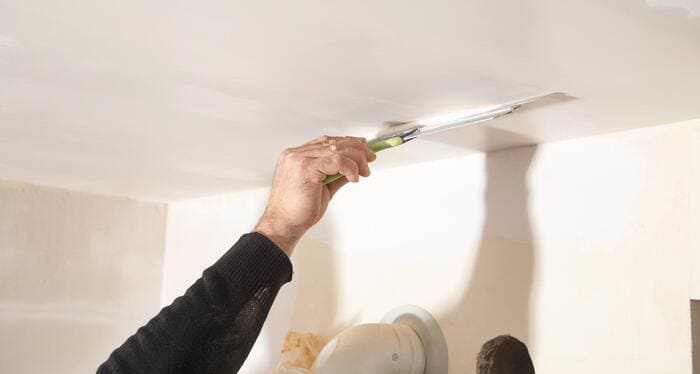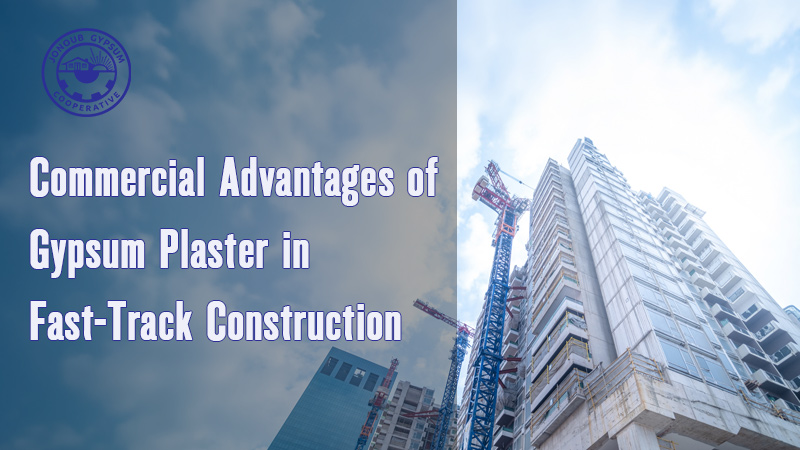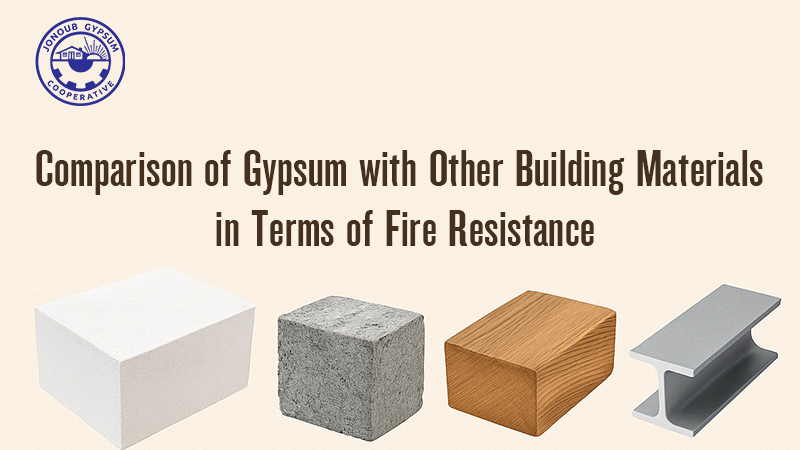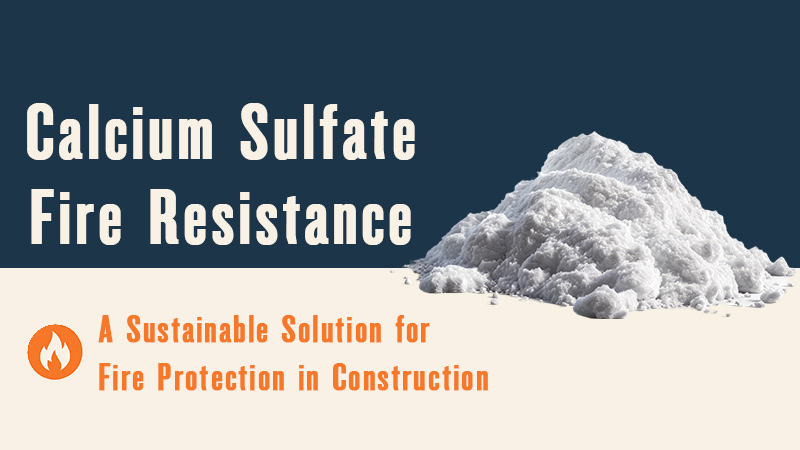
Gypsum plaster is a versatile and widely used material in the construction industry, offering a smooth and durable finish for walls and ceilings. This article delves into its composition, properties, applications, advantages, and limitations to provide a comprehensive understanding of this essential building material.
Composition and Production
Gypsum plaster is derived from gypsum, a naturally occurring mineral composed of calcium sulfate dihydrate (CaSO4•2H2O). The production process begins with the mining of gypsum rock, which is then heated to approximately 150°C (302°F) to remove the water content. This process, known as calcination, transforms the material into calcium sulfate hemihydrate (CaSO4½H2O), commonly referred to as Plaster of Paris.
When mixed with water, gypsum plaster forms a paste that sets and hardens as it reabsorbs water and reverts to its original dihydrate form. This chemical reaction, known as hydration, is exothermic and leads to the formation of a solid and durable material. Additives may also be included in the mix to enhance specific properties such as setting time, workability, and strength.
Properties of Gypsum Plaster
Gypsum plaster possesses a range of properties that make it a preferred choice in modern construction:
- Smooth Finish: It provides a seamless and smooth surface that is ideal for painting or wallpapering.
- Quick Setting Time: Typically, it sets within 25 to 30 minutes, allowing for faster project completion.
- Lightweight: Being significantly lighter than traditional cement plaster, it reduces the load on structures.
- Low Thermal Conductivity: Gypsum plaster offers good thermal insulation, contributing to energy efficiency in buildings.
- Fire Resistance: Due to its non-combustible nature, it enhances fire safety in buildings.
- Minimal Shrinkage: Unlike cement-based alternatives, gypsum plaster experiences negligible shrinkage, reducing the risk of cracks.
Applications of Gypsum Plaster

Gypsum plaster is used in a variety of applications, both residential and commercial:
- Wall and Ceiling Plastering: Its smooth finish makes it ideal for interior walls and ceilings, eliminating the need for additional putty or base coats.
- Decorative Elements: Gypsum plaster is commonly used to create intricate moldings, cornices, and false ceilings, adding aesthetic value to interiors.
- Repair Work: It serves as an excellent material for repairing cracks, holes, and other imperfections in walls.
- Base for Paint: The even surface provided by gypsum plaster ensures better adhesion and finish for paints and wallpapers.
Advantages of Gypsum Plaster
Gypsum plaster offers numerous benefits that make it a preferred choice over traditional materials like cement plaster:
- No Curing Required: Unlike cement plaster, gypsum plaster does not require water curing, saving both time and resources.
- Ease of Application: Its lightweight nature and ease of mixing and application reduce labor costs and effort.
- Durability: Once set, gypsum plaster is strong and long-lasting, capable of withstanding regular wear and tear.
- Eco-Friendly: Gypsum is a natural mineral and is recyclable, contributing to sustainable construction practices.
- Enhanced Aesthetics: Its smooth surface is ideal for achieving high-quality finishes.
- Faster Completion: The quick setting time accelerates construction timelines, which is especially beneficial for large-scale projects.
Limitations of Gypsum Plaster
Despite its many advantages, gypsum plaster is not without its drawbacks:
- Not Suitable for Exterior Use: It is not water-resistant and can deteriorate when exposed to moisture, making it unsuitable for outdoor applications.
- Higher Cost: Gypsum plaster is generally more expensive than traditional cement plaster, which may not make it feasible for all projects.
- Short Working Time: The quick setting time can pose challenges for large areas if not applied efficiently.
- Limited Load-Bearing Capacity: Gypsum plaster is not designed to bear heavy loads, limiting its structural applications.
How to Use Gypsum Plaster
To achieve the best results, proper preparation and application techniques are essential:
- Surface Preparation: Ensure the substrate is clean, free of dust, and slightly dampened for better adhesion.
- Mixing: Gradually add gypsum plaster to clean water in a bucket, mixing continuously to achieve a lump-free paste.
- Application: Apply the plaster using a trowel, spreading it evenly across the surface. For thicker coats, apply in layers, allowing each layer to set before adding the next.
- Finishing: Smooth the surface with a steel float to achieve the desired finish.
- Drying: Allow the plaster to dry completely before painting or applying other finishes, typically within 72 hours.
Sustainability and Environmental Impact
Gypsum plaster contributes to sustainable building practices in several ways:
- Recyclability: Waste gypsum can be recycled and reused in new plaster formulations.
- Energy Efficiency: Its thermal insulating properties help reduce energy consumption in buildings.
- Reduced Carbon Footprint: The production of gypsum plaster generates fewer emissions compared to cement plaster.
However, it’s important to note that responsible mining and disposal practices are necessary to minimize the environmental impact of gypsum production.
Conclusion
Gypsum plaster is a remarkable material that has revolutionized modern construction with its numerous advantages. Its smooth finish, quick setting time, and eco-friendly properties make it a preferred choice for interior applications. However, understanding its limitations, such as its unsuitability for exterior use and higher cost, is crucial for making informed decisions.
Whether used for residential or commercial projects, gypsum plaster continues to play a pivotal role in achieving high-quality and aesthetically pleasing finishes. Its versatility and efficiency underscore its importance as an indispensable material in the construction industry.







